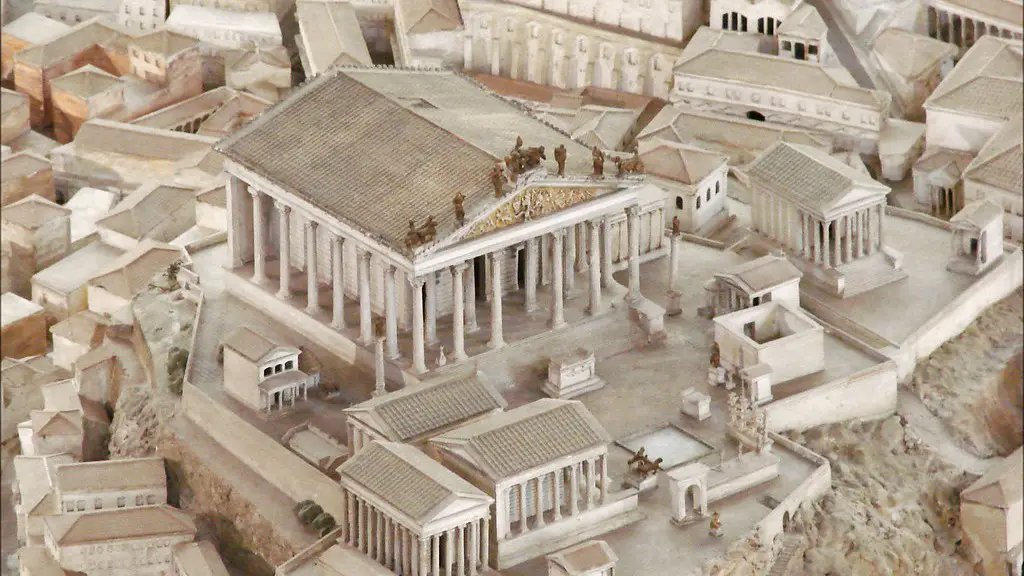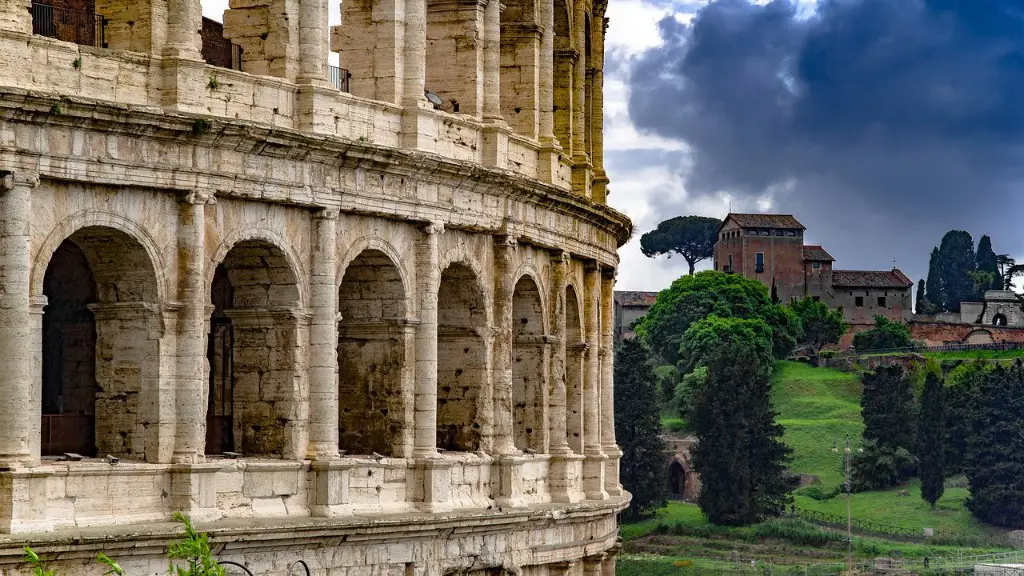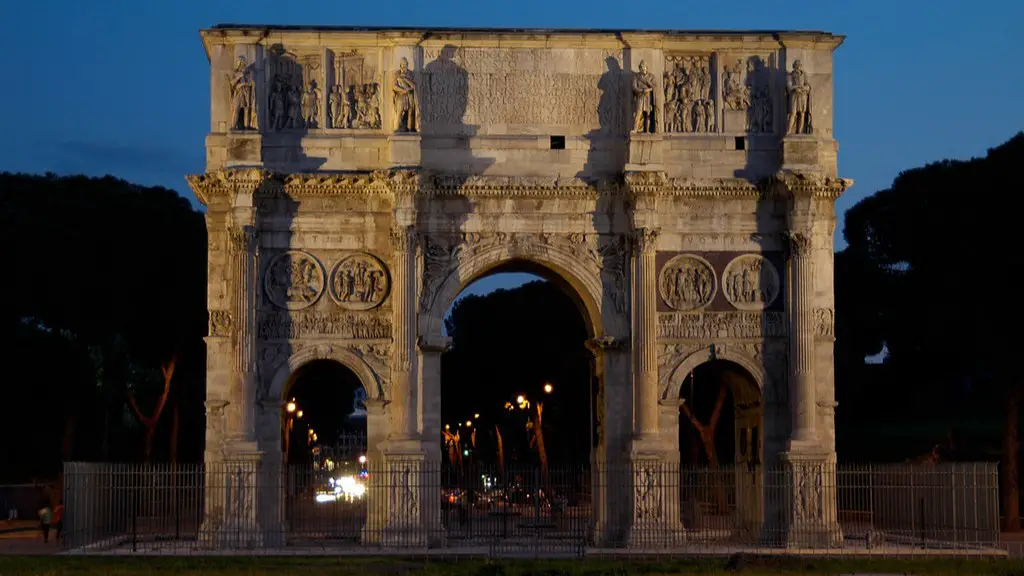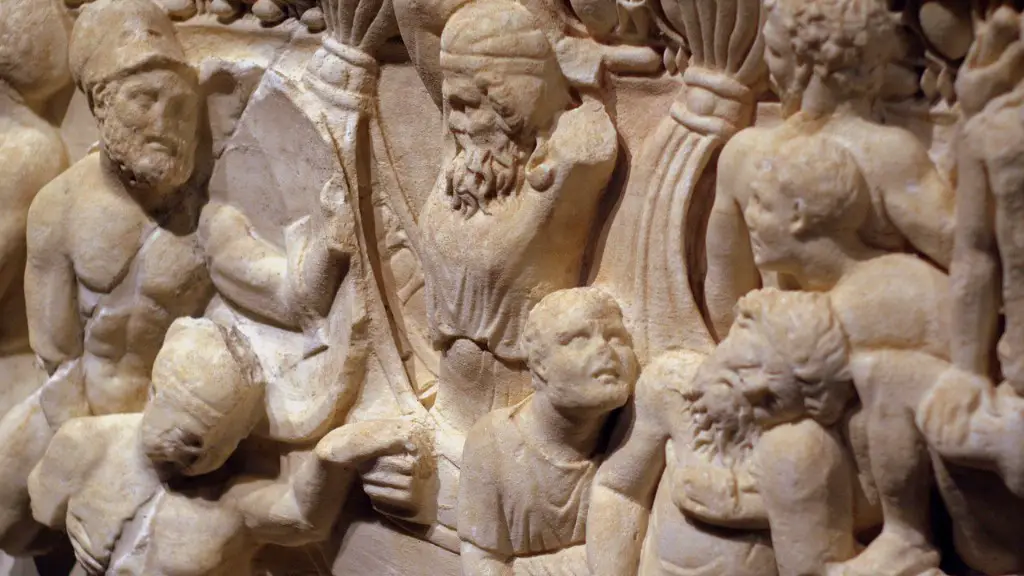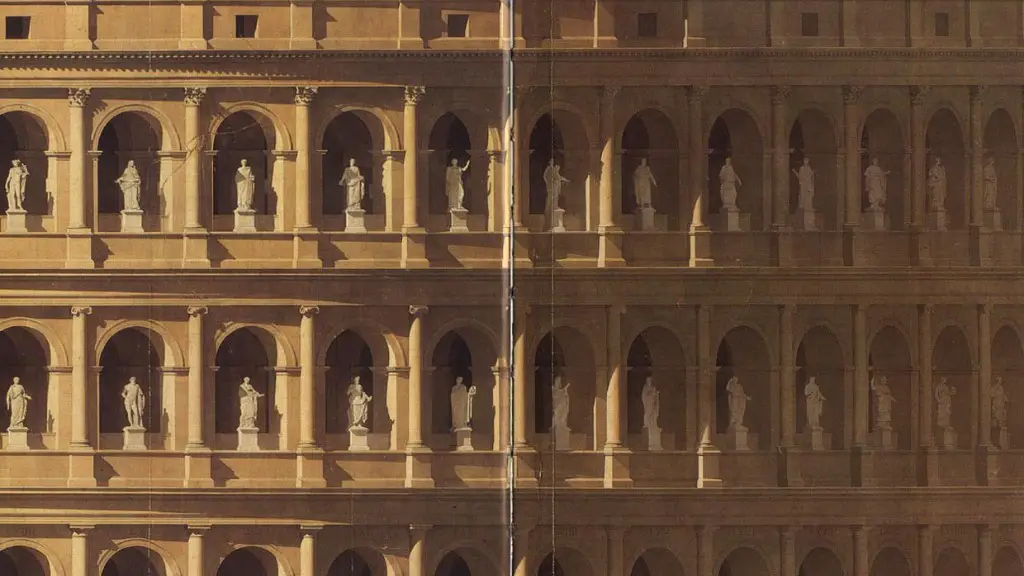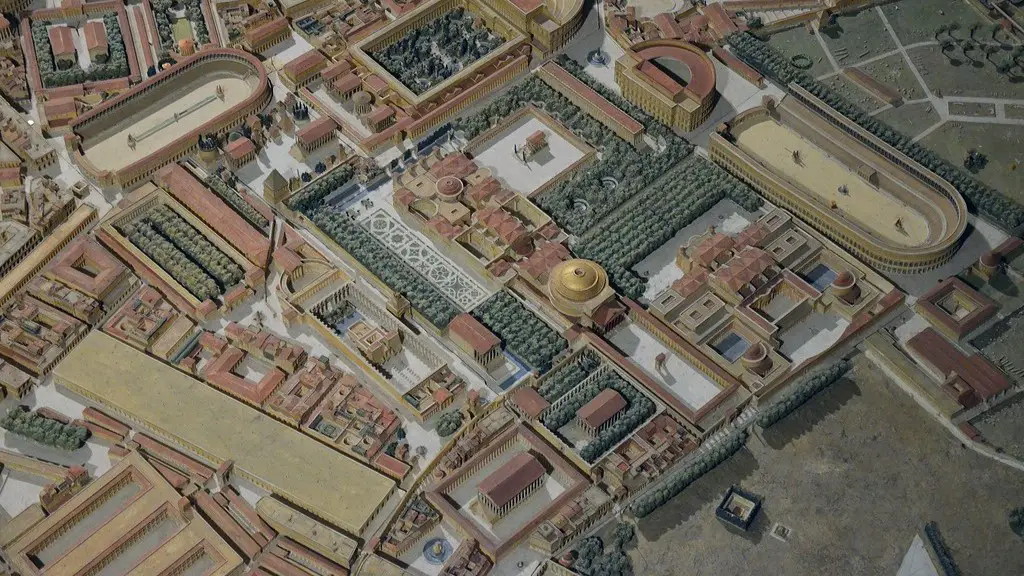In ancient Rome, there was a complex system of aqueducts that distributed water throughout the city. The water was used for public baths, latrines, fountains, and private homes. Despite this sophisticated system, there is evidence that many Romans did not have access to clean water and that sanitation was a major problem in the city.
Yes, ancient Rome did have running water. The city had an extensive system of aqueducts that brought water into the city from afar. This allowed for public baths, fountains, and toilets, among other things.
How did Romans have running water?
Aqueducts were a crucial part of Roman engineering. They allowed for the transport of water from a freshwater source to a city, which was essential for both domestic and public use. Aqueducts were made from a series of pipes, tunnels, canals, and bridges, and required a great deal of planning to construct. Gravity and the natural slope of the land were utilized to allow water to flow through the aqueducts.
Over a little more than 500 years, 11 aqueducts were constructed to supply ancient Rome with water (Van Deman 1934; Bruun 1991, 97 to 98). The first aqueduct was the Aqua Appia, erected in 312 BC by the censor Appius Claudius Caecus (c 340 to 273 BC).
How did the Romans get water to flow uphill
The Roman aqueducts were a feat of engineering that allowed for the transport of water over long distances. To achieve a consistent, shallow slope to move the water in a continuous flow, the Romans lay underground pipes and constructed siphons throughout the landscape. The aqueducts not only provided water for the cities, but also for public baths and fountains. Many of the aqueducts built by the Romans are still in use today.
Aqueduct technology was a game-changer for the Roman Empire, allowing them to tap into water sources far from their cities and towns and bring fresh water to their people on a regular basis. This not only improved the quality of life for the people of Rome, but also allowed the city to grow and thrive.
How did the Romans fill the Colosseum with water?
Roman aqueducts were built to supply the city with water and were also used to fill the Colosseum with enough water to float flat-bottomed boats.
Indoor plumbing was one of the many innovations that the Romans brought to the world. However, it seems that claims about the effectiveness of Roman plumbing have been greatly exaggerated. While the Romans did have some indoor plumbing, it was not as effective as many people believe. There are many reasons for this, including the fact that the Roman plumbing was not as sophisticated as modern plumbing, and the water supply in Rome was not as reliable as it is today.
What country had running water first?
The ancient Egyptians were one of the first cultures to develop a plumbing system. Around 4000-2500 BC, they created an intricate system of pipes to transport water from the Nile River to their homes and businesses. This system was essential to their everyday life, and it remained in use for many centuries.
The ancient Romans were quite clever when it came to cooling their homes during the hot summer months. By using a series of architectural tricks, they were able to create an early form of air-conditioning. By pumping cold water from aqueducts through the walls of their homes, they were able to keep their dwellings fresh and cool during the summer months.
How did the Romans stay hydrated
Posca is a blend of vinegar and water that was used by the Roman army. It is possible that Posca was Greek in origin.
The Roman aqueducts are one of the great engineering feats of the ancient world.
The Acqua Vergine was built in 19 BC and is one of the oldest aqueducts still in existence.
It has been restored several times over the centuries but is still in use today, bringing water to some of Rome’s fountains.
These ancient aqueducts are a testimony to the skill of the Roman engineers who designed and built them. They are a fascinating part of Rome’s history and heritage.
How did the Romans get rid of waste water?
The Roman construction of sewers was quite complex, with a system of stone-covered channels that was much like modern sewers. Waste flushed from the latrines flowed through a central channel into the main sewage system and thence into a nearby river or stream. This helped to keep the streets and homes clean and free of refuse.
There are a few methods that the Greeks and Romans used in order to improve the quality of water if it did not meet their requirements. Some of these methods include using settling tanks, sieves, filters, and boiling the water. We know this from written sources and archaeological excavations. These methods were used during antiquity and likely helped to improve the quality of water for those who used them.
Are Roman sewers still in use
Construction on the Cloaca Maxima, or “Greatest Sewer” began in the 6th century BC, and was completed in the 2nd century BC. The sewer system was built to drain the low-lying areas of Rome that were prone to flooding. The Cloaca Maxima is still in use today, and is a testament to the engineering skills of the ancient Romans.
Yes, the tap water in Rome is safe to drink! The water quality in Rome is actually very good, and has been for centuries. The ancient Romans were even known for the quality of their drinking water, thanks to the aqueducts they built around the city and surrounding area. So go ahead and drink up – the water in Rome is just fine!
How quickly could the Colosseum be emptied?
The vomitoria were the passageways that ran along the entire building behind and and beneath the seating tiers, to help with the flow of spectators. Because of the vomitoria, The Colosseum could be filled or emptied in 15 minutes.
The word “barbarian” has a long and complex history. It was originally used by the Greeks to refer to all foreigners who did not speak Greek and did not have the same customs as them. Over time, the word came to specifically refer to the various tribes and armies that were putting pressure on Rome’s borders. In the late Roman Empire, the word came to be used as a catch-all term for all foreigners who lacked the Greek and Roman traditions that the Empire was built on. This usages continues in some form to this day, where the word “barbarian” is often used to describe people or cultures that are seen as being outside the mainstream.
Final Words
Yes, ancient Rome had running water. The city was supplied with water by a complex system of aqueducts that brought water from distant sources into the city. The aqueducts were gravity-fed, and the water they carried was used for a variety of purposes, including public baths, fountains, and private homes.
The ancient city of Rome was supplied with water by aqueducts built centuries ago. The Roman people used this running water to meet their everyday needs. While the aqueducts have long since been destroyed, the remains of Rome’s water system testify to the engineering skills of the ancient Romans.
